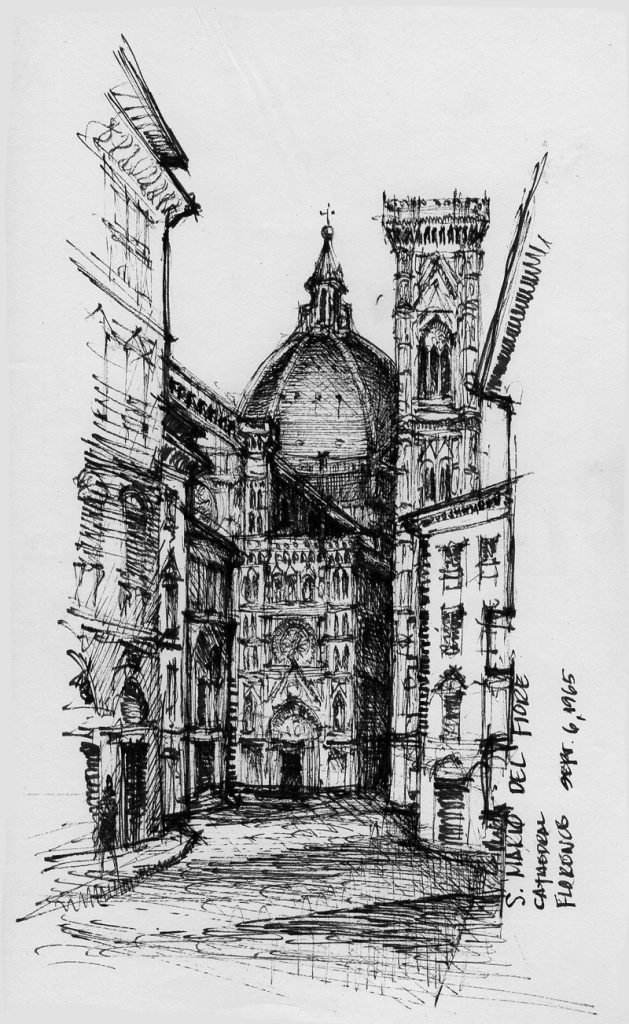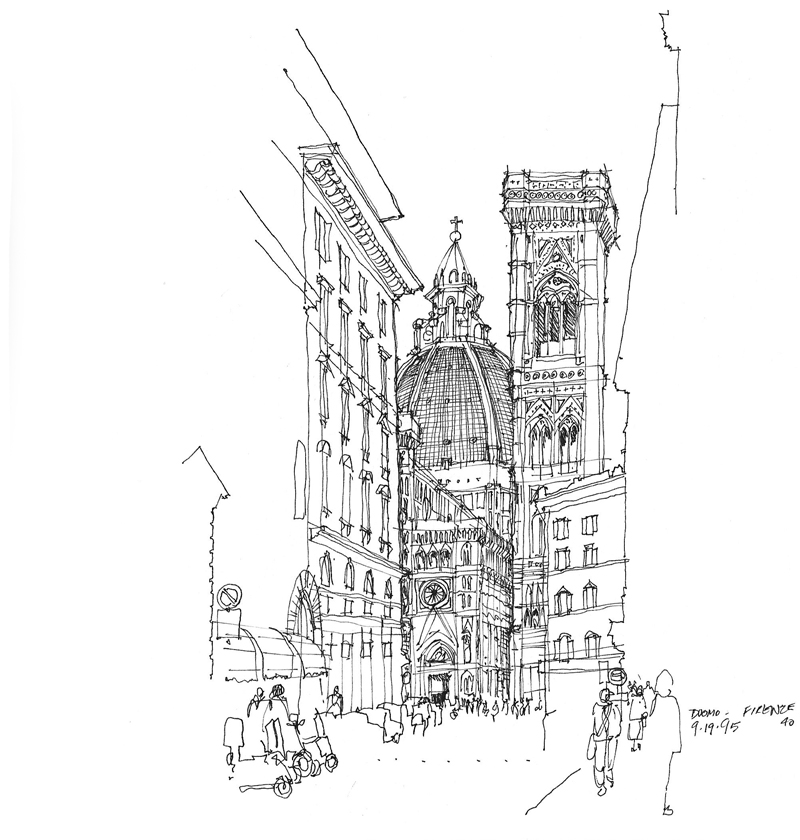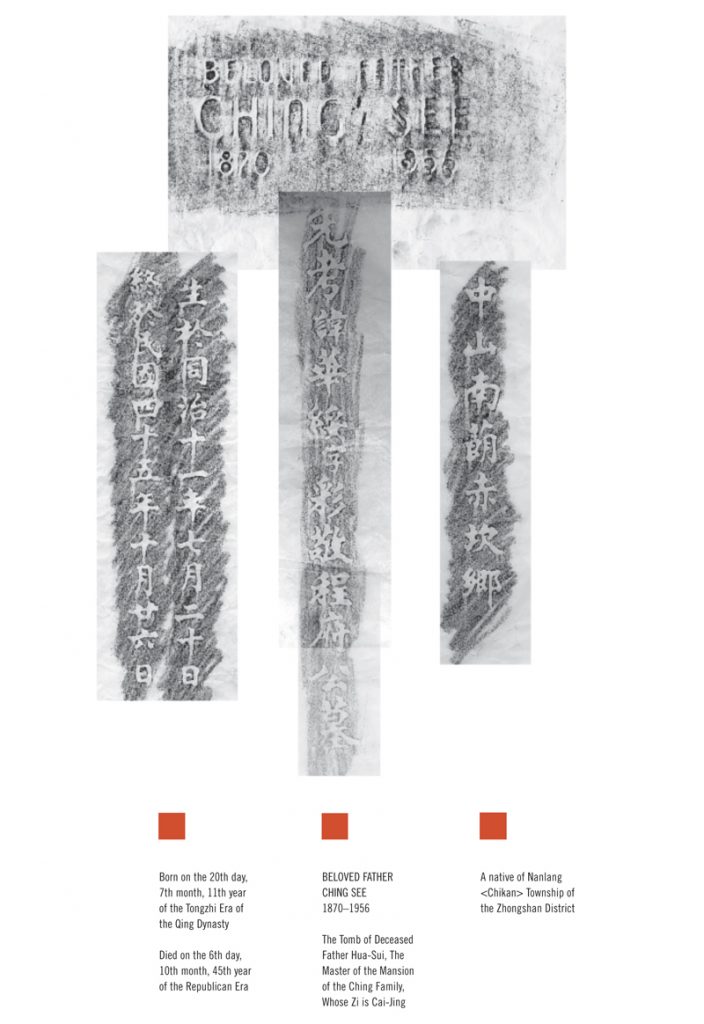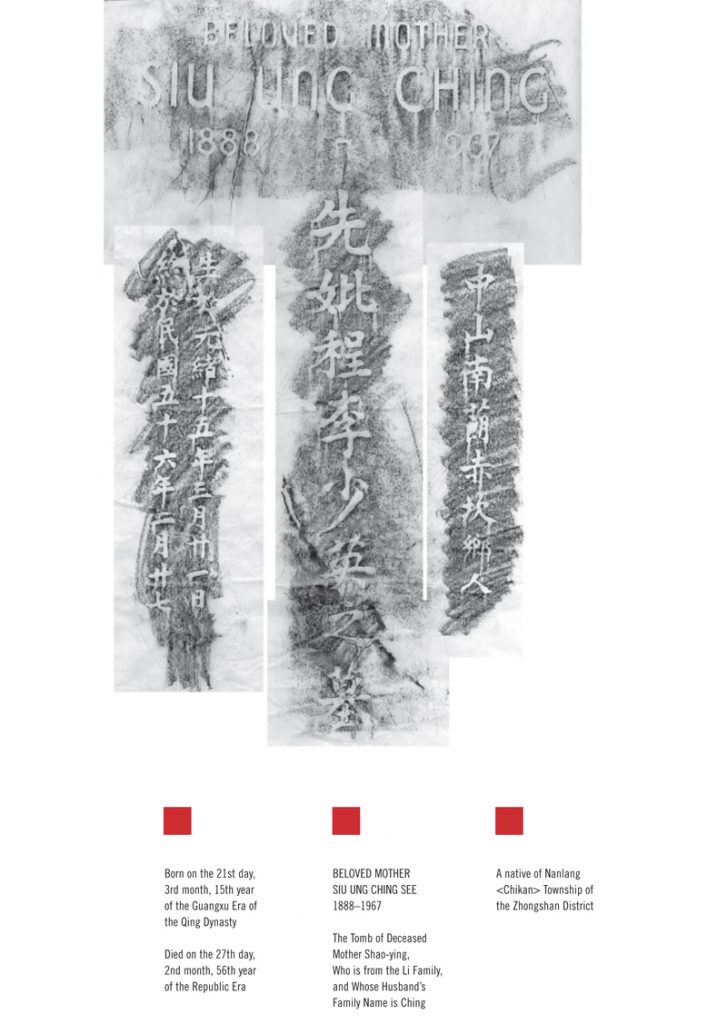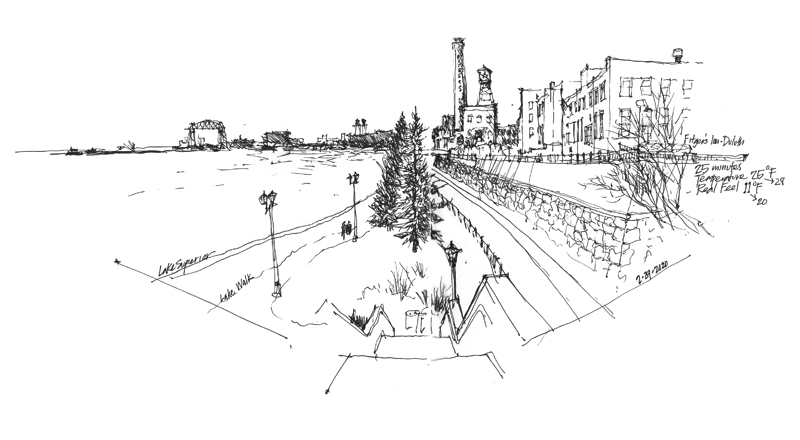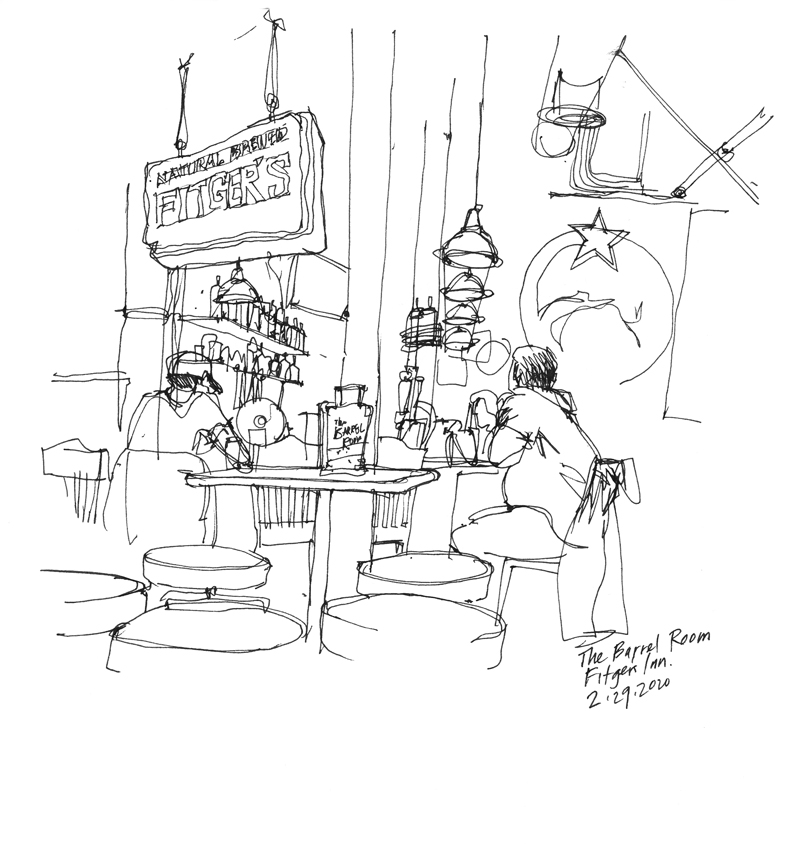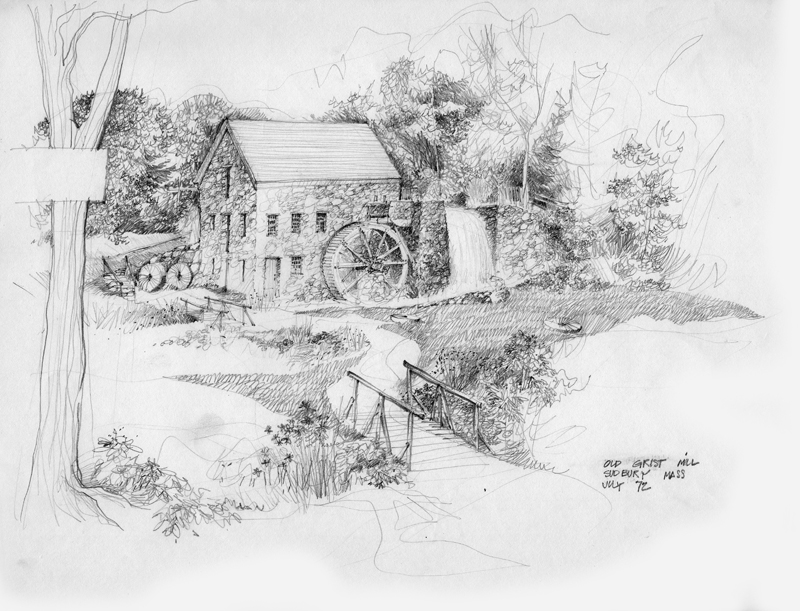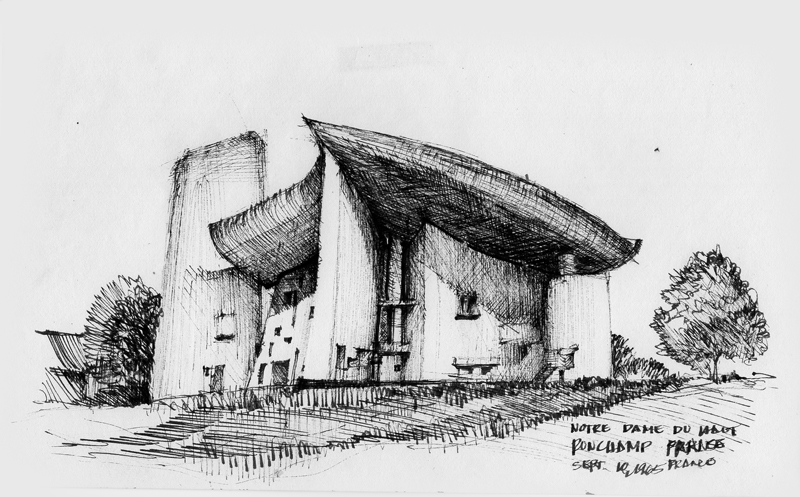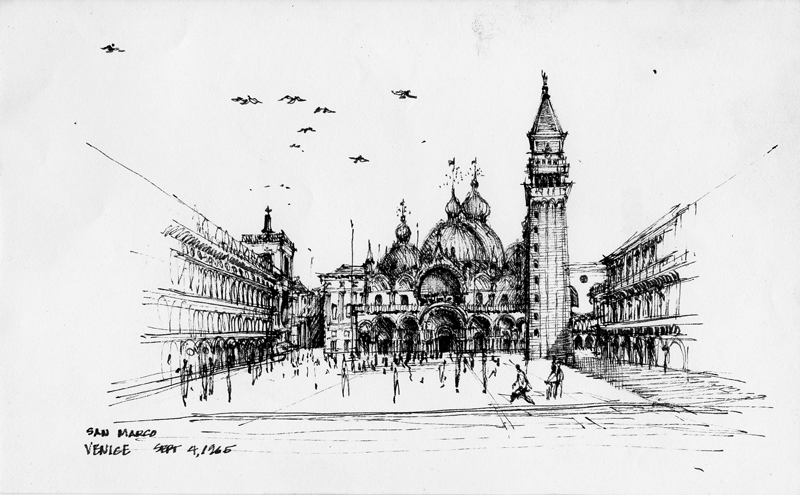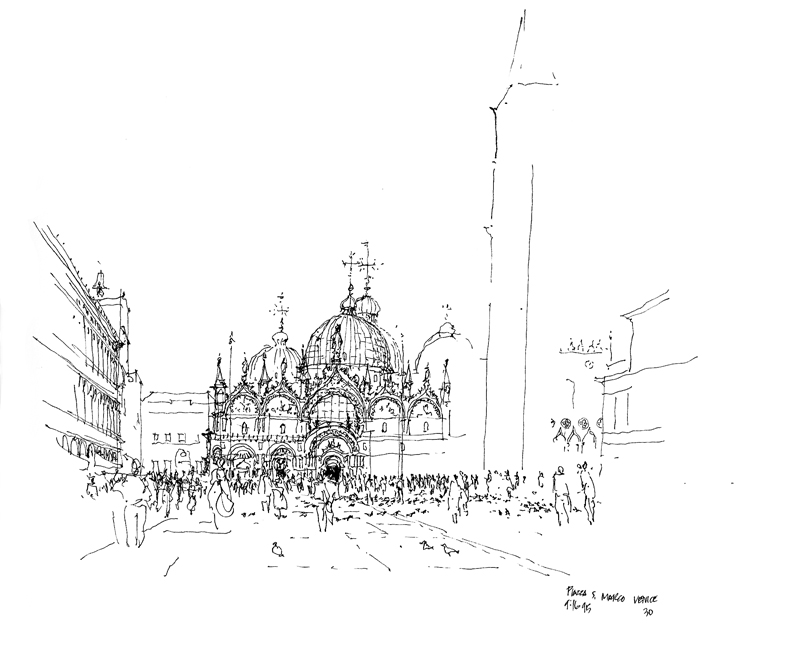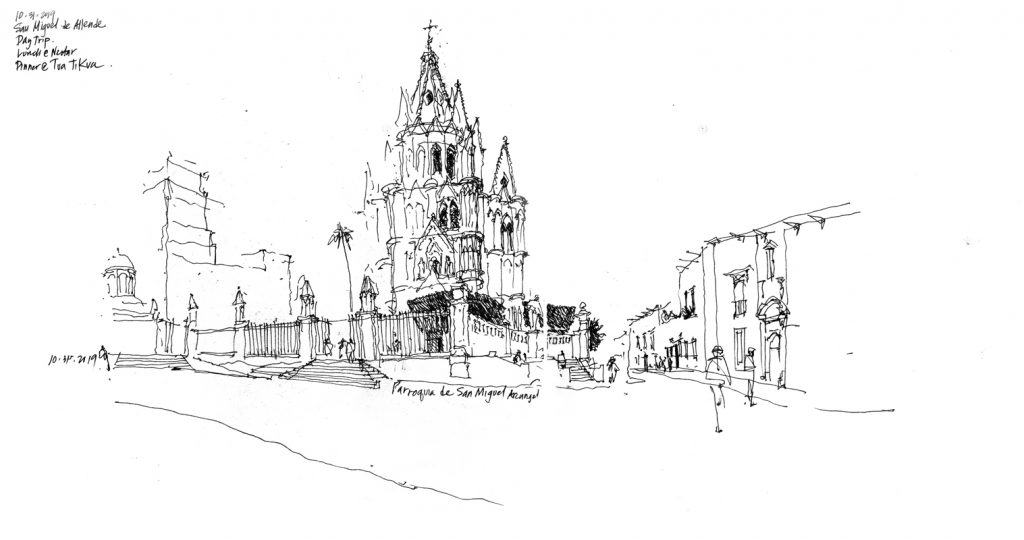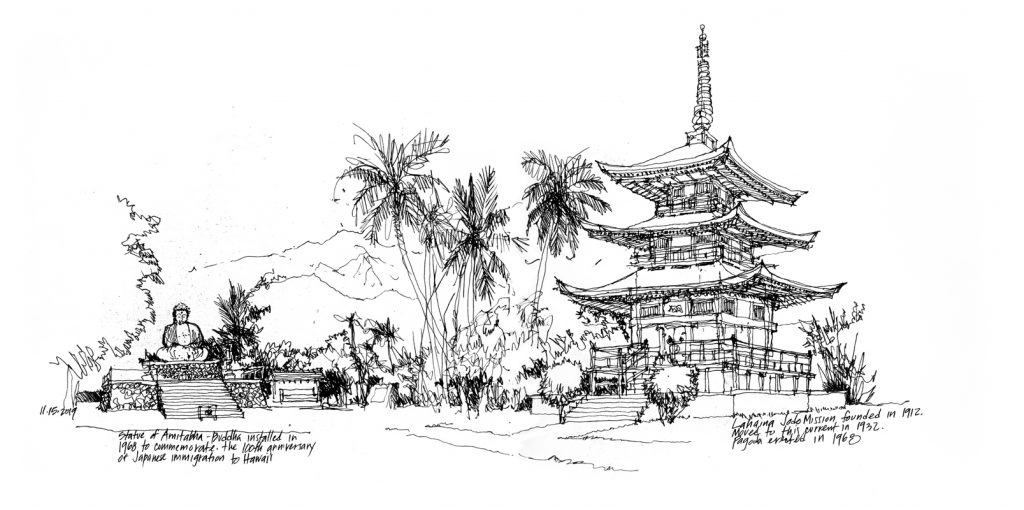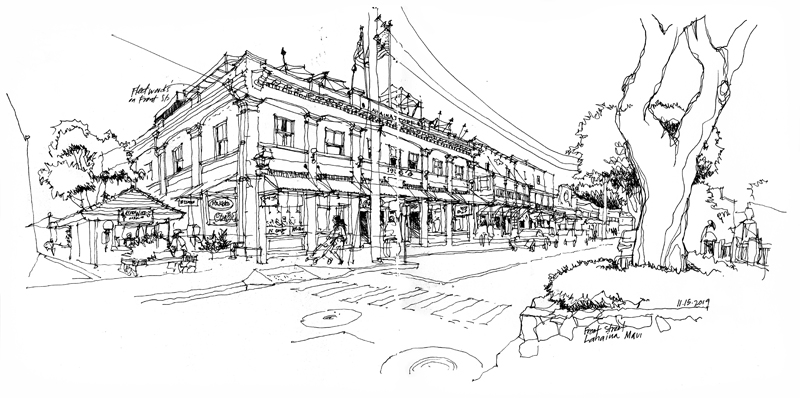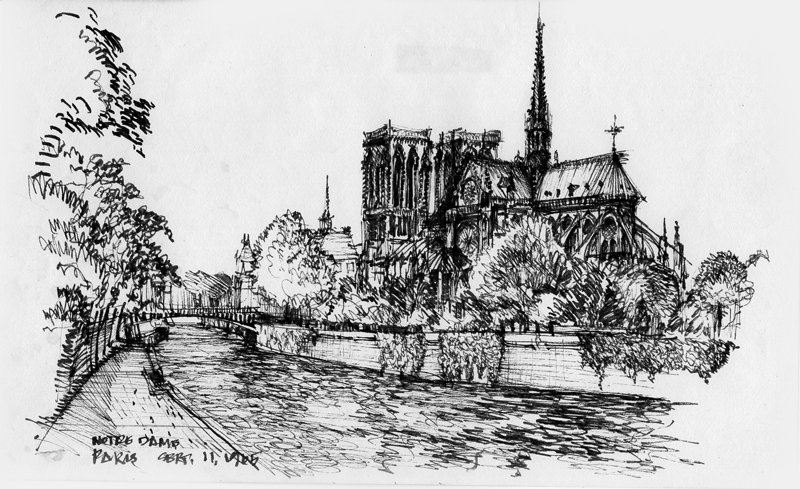
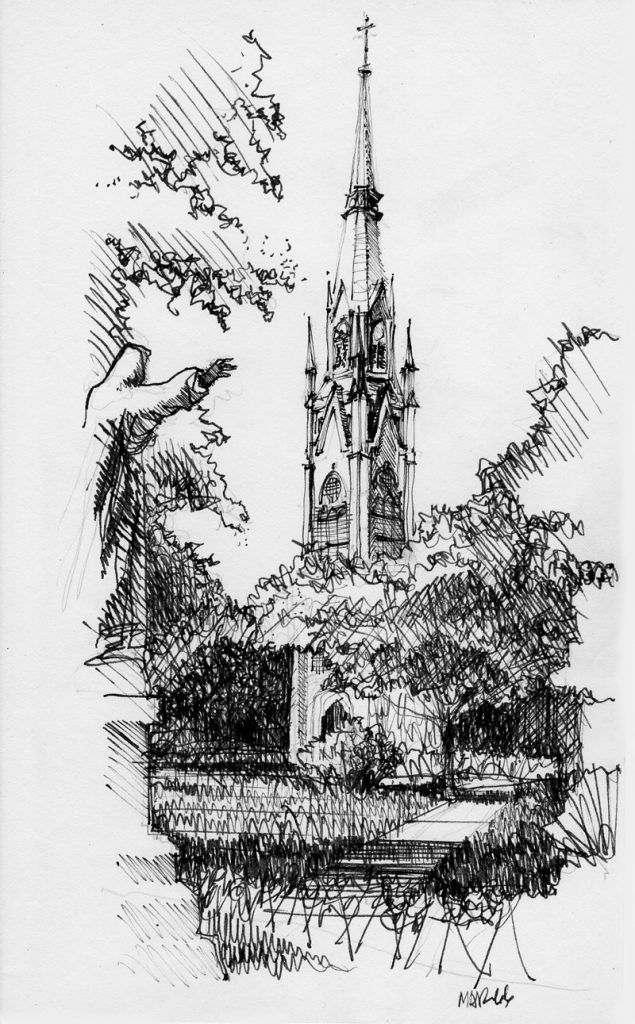
During this stay-at-home time, I am continuing to post drawings from when I was a student a long time ago. Above are views of two Notre Dame cathedrals. I posted the first, Notre Dame on the Île de la Cité in Paris, a couple of months ago. The second is of the cathedral on the University of Notre Dame campus in South Bend, Indiana, drawn a few months before graduation in the spring of 1966.

